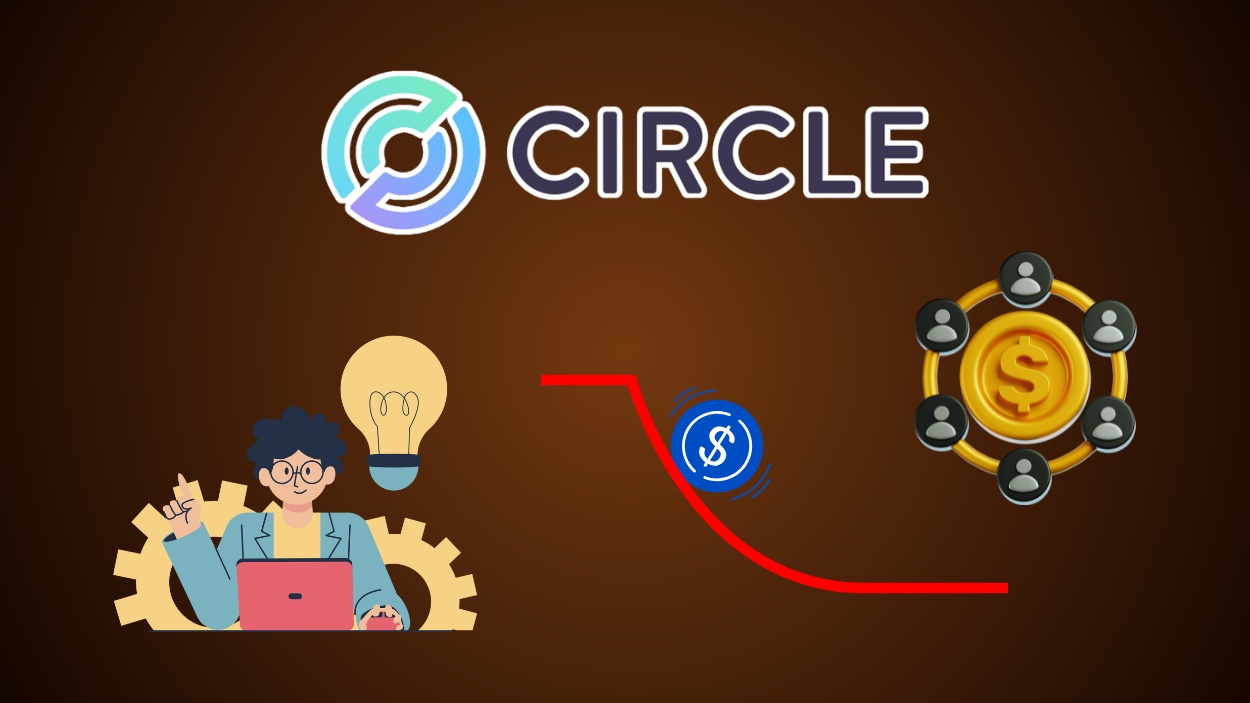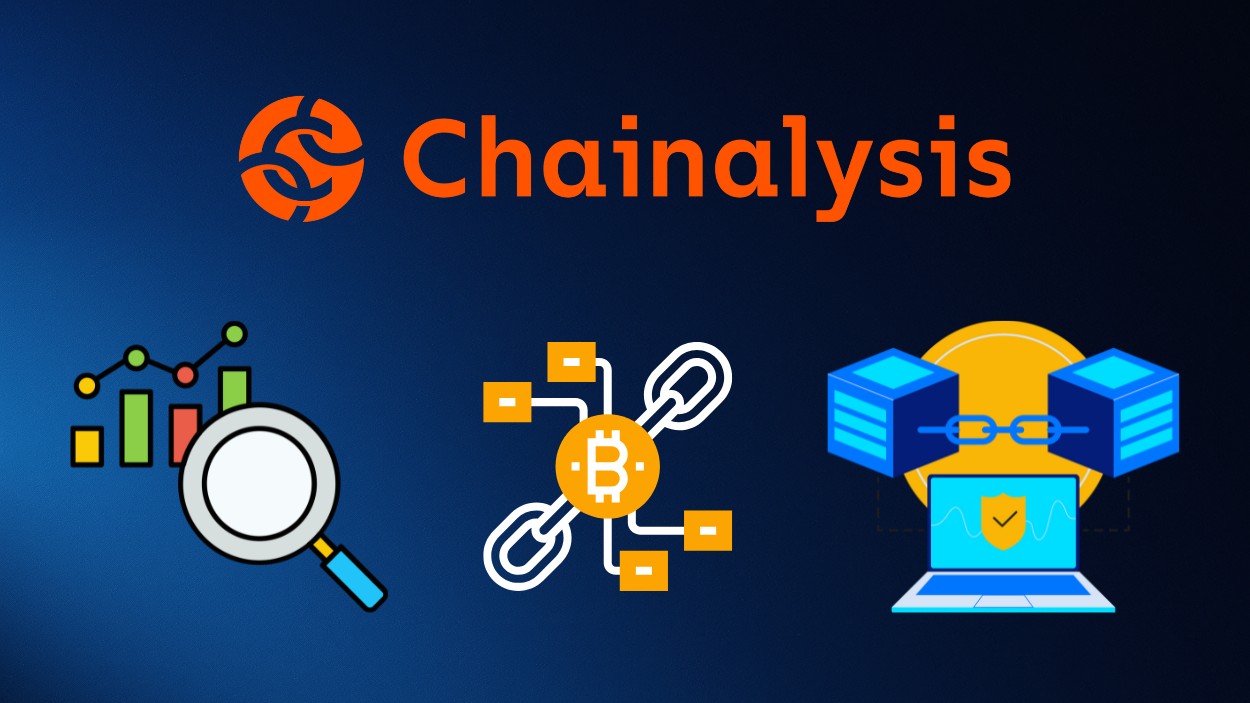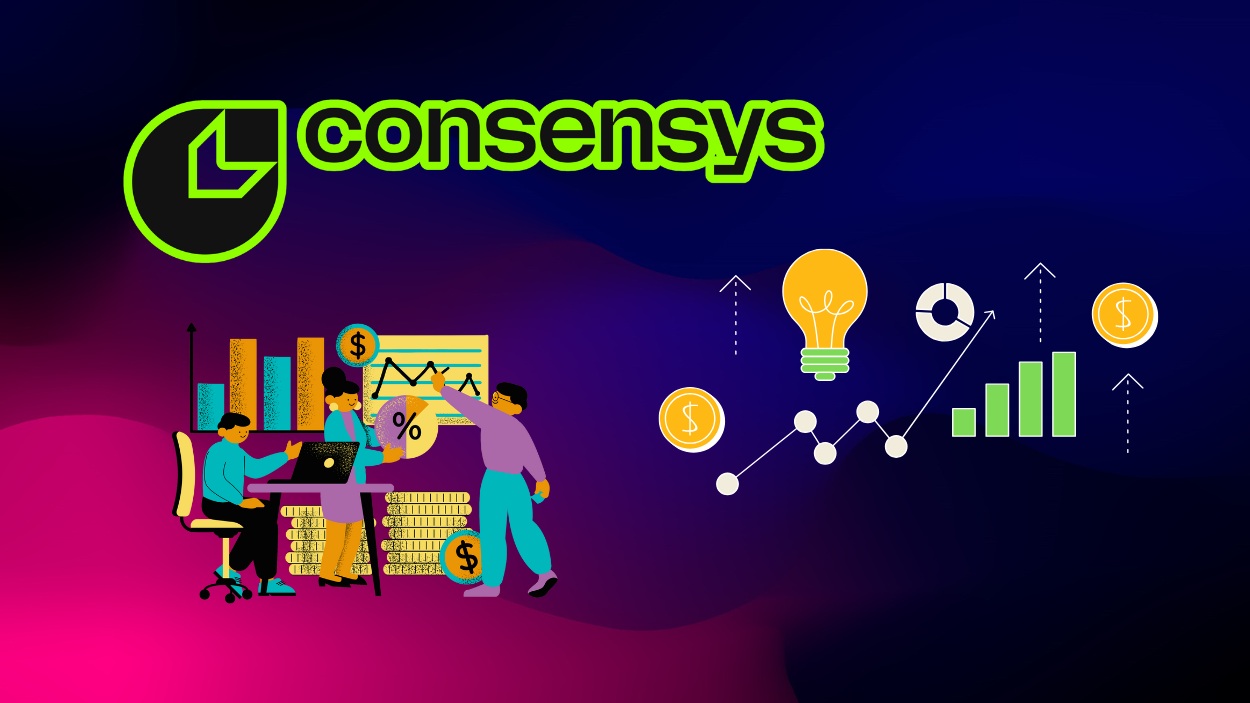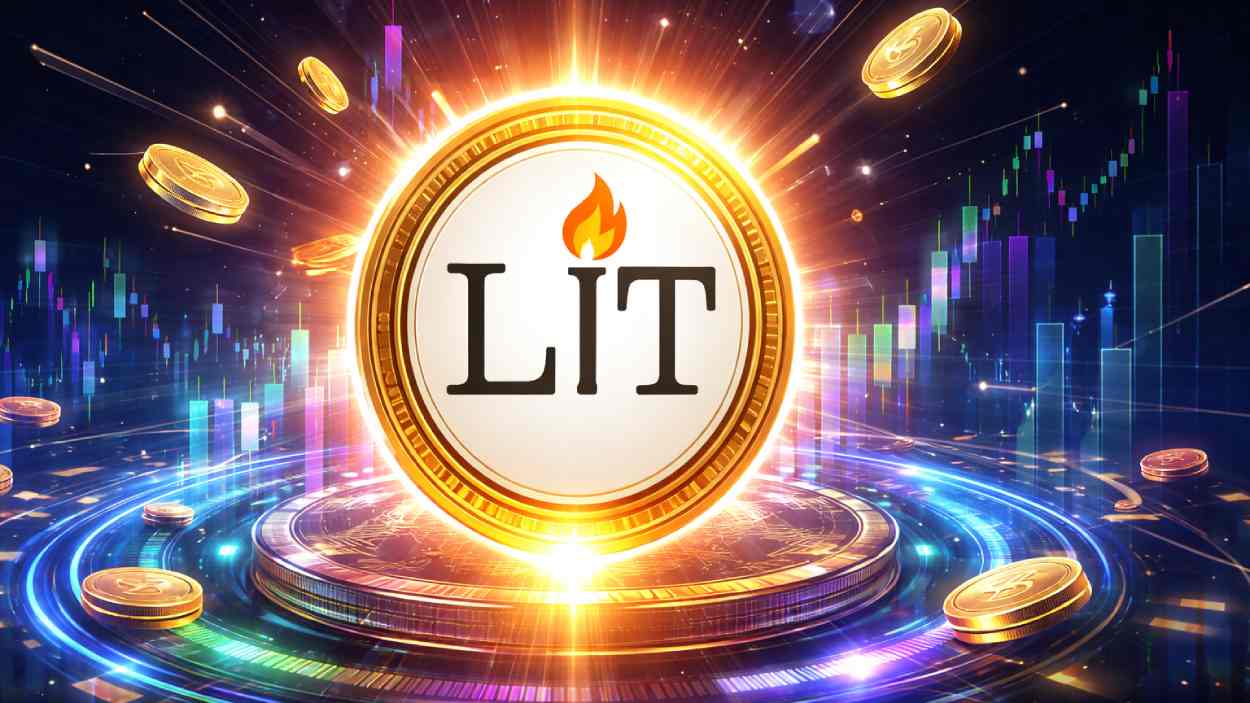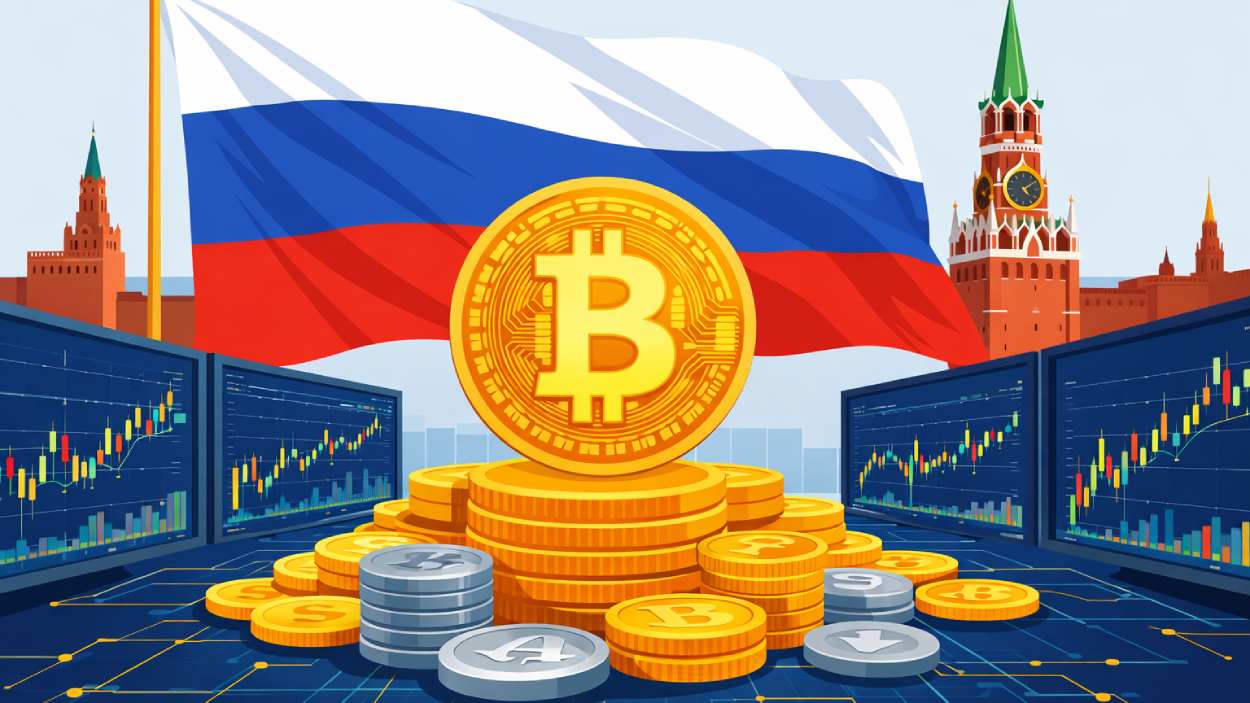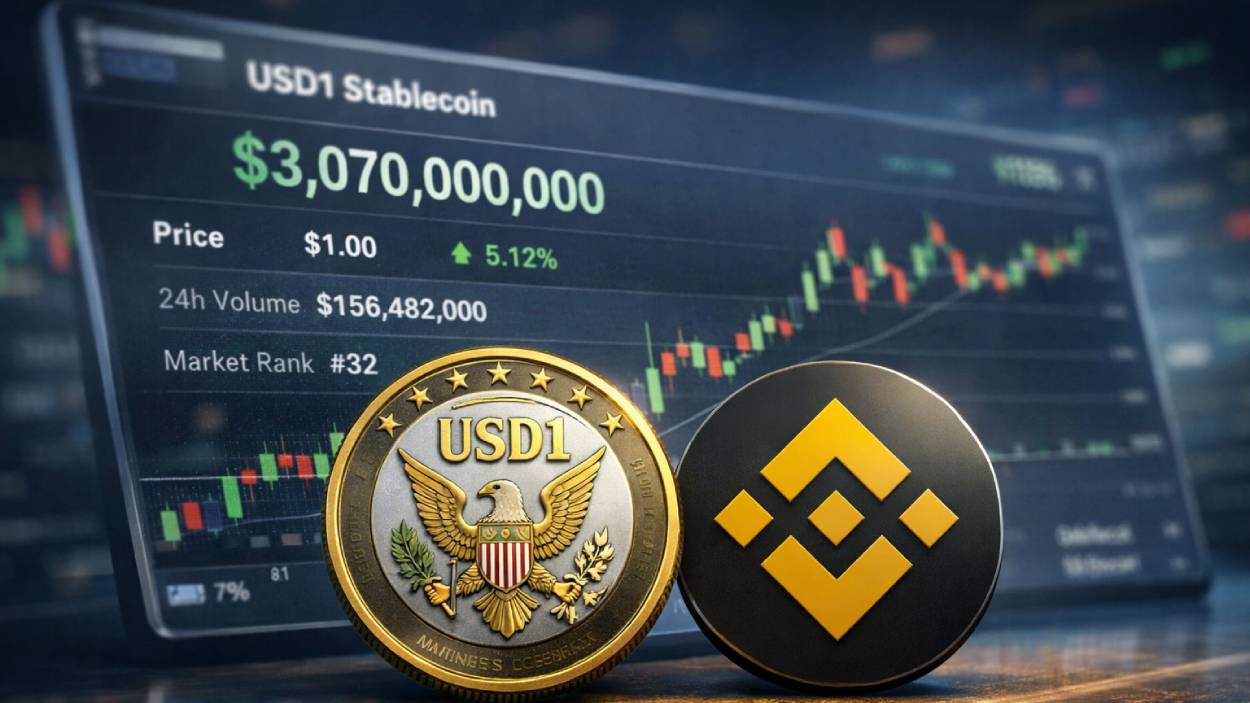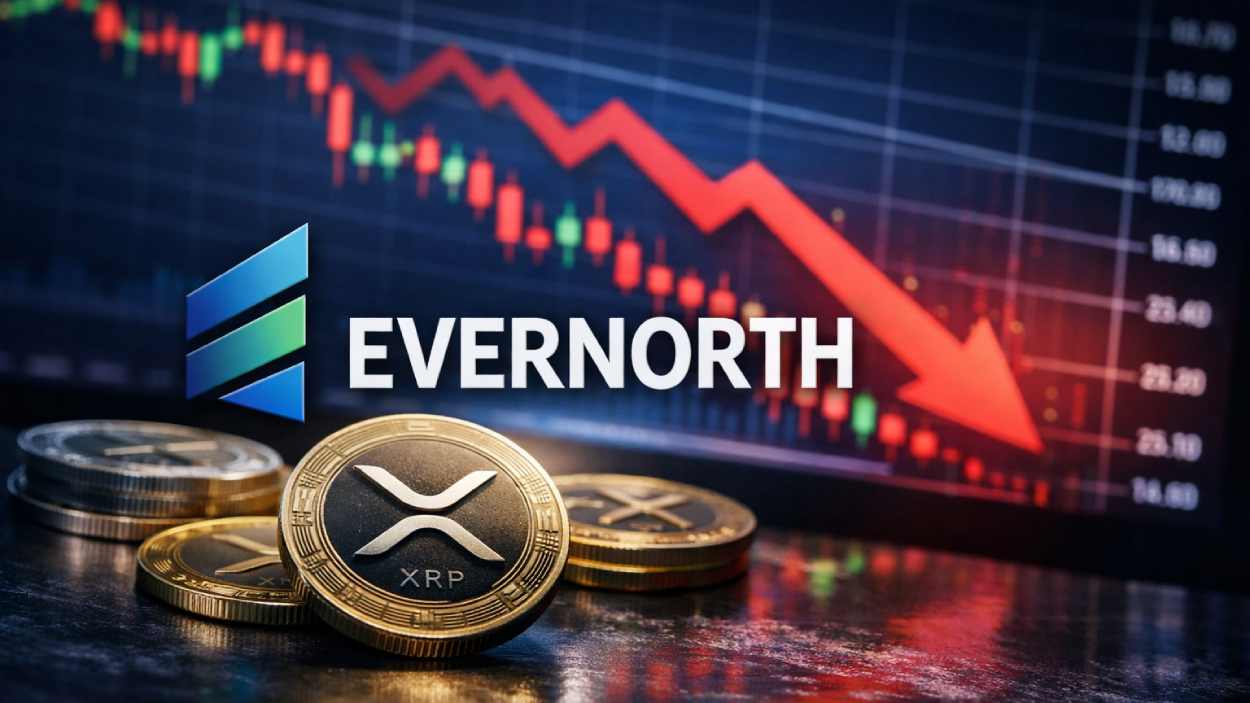In an increasingly interconnected world, money transfers have become essential, enabling people to support families, make investments, and bridge financial gaps across borders. From international remittances sent home by migrant workers to digital peer-to-peer transactions, the money transfer industry is undergoing rapid change.
With digital platforms and fintech innovations reshaping the landscape, both consumers and businesses are gaining access to faster, more secure transfer options than ever before. As we enter 2025, understanding the latest statistics and trends in this space can reveal where the industry is headed and how various stakeholders are adapting to meet evolving demands.
Key Takeaways
- 1Worldwide remittance flows rose to approximately $958 billion in 2025.
- 2Remittances to LMICs are projected to hit $690 billion in 2025, growing by 2.8% year-over-year.
- 3The U.S. digital remittance market is growing at a CAGR of 18.6% from 2025 to 2033.
- 4India remains the top remittance recipient with $135 billion in estimated inflows in 2025.
- 5The top 5 LMIC recipients in 2025 are India ($135B), Mexico ($72B), China ($51B), Philippines ($43B), and Pakistan ($35B).
Average Transaction Value per User
- The global average remittance transaction value per user in 2025 is $590, with wide regional differences based on income and migration trends.
- In the United States, the average value per user rose to $700, driven by larger, less frequent international transfers.
- Europe sees an average of $470 per user, influenced by remittances to North Africa and Eastern Europe.
- The Asia-Pacific region averages $320 per user, due to frequent, lower-value transactions among migrant workers.
- Africa maintains the lowest average at $55 per transaction, powered by widespread mobile money use.
- In Latin America, the per-user average reached $420, largely supported by remittances from the U.S. and EU.
- Digital remittance platforms now average $630 per user, outperforming traditional cash methods in both value and volume.

Digital Remittance Market Dynamics
The digital remittance market is influenced by factors like technological advancements, regulatory changes, and evolving customer expectations. Here are the key dynamics:
- The rise of fintech has introduced over 50 new players to the remittance market in the last three years, creating competition that drives down costs for consumers.
- AI and automation have reduced the processing time of transactions by 20%, allowing faster cross-border transfers and enhanced fraud detection.
- Regulatory shifts in Europe and North America have enabled more competition, making it easier for new digital players to enter these markets.
- Digital platforms are increasingly offering multi-currency wallets to facilitate seamless transfers, with a reported 60% increase in adoption for users in borderless regions.
- Blockchain technology has seen experimental use in reducing transaction times and improving transparency, with some platforms reporting transaction fees as low as 0.5%.
- Consumer demand for instant transfers has surged, with 70% of users willing to pay higher fees for faster processing.
- Partnerships between banks and fintech companies are on the rise, with over 30 collaborations announced, aiming to integrate traditional and digital channels.
Mode of Transfer Insights
- Mobile transfers now account for 40% of remittances globally, driven by accessibility in developing countries where banking infrastructure is limited.
- Traditional cash-to-cash transfers still represent about 30% of all remittance transactions, although this share is decreasing annually by 2-3% as digital alternatives gain traction.
- Bank-to-bank transfers remain prevalent in higher-income regions, accounting for 25% of the global market, although they tend to involve higher fees.
- In regions like Africa and South Asia, mobile money solutions like M-Pesa and bKash dominate, with mobile transactions growing at 15% annually.
- Online money transfer services like Wise and Revolut continue to expand, now holding 10% of the total remittance market share, favored for their lower fees and transparency.
- Peer-to-peer (P2P) apps, including Cash App and Venmo, are rapidly increasing in popularity, especially in the US, where they facilitate over $200 million in transactions daily.
- Crypto-based remittances are emerging, particularly in countries with volatile currencies, now accounting for 1% of the total market but showing growth potential among tech-savvy users.
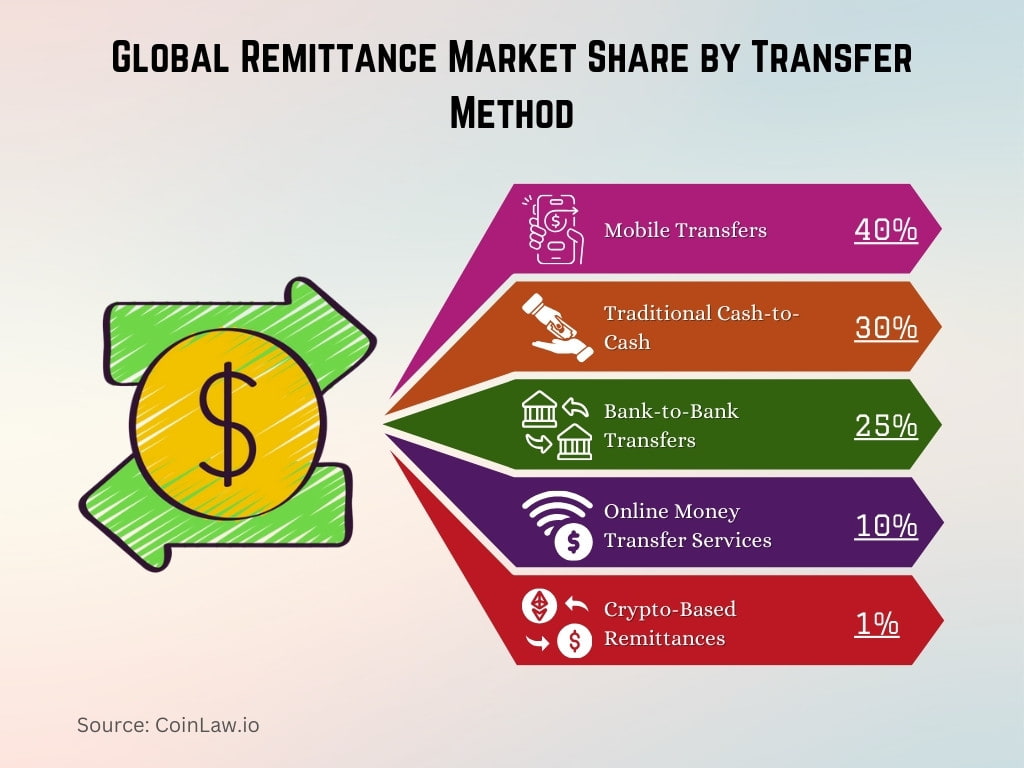
Digital Remittance Market Growth Factors
Several factors are driving the growth of the digital remittance market, making it more accessible and efficient:
- Global smartphone penetration now exceeds 80%, enabling wider access to digital remittance services, especially in developing regions.
- Increased internet connectivity has allowed 98% of the global population access to some form of online remittance service, driving industry expansion.
- Financial literacy programs supported by governments and NGOs are educating users about digital money transfers, increasing digital adoption by 15% annually.
- Migration trends have sustained remittance flows, with over 280 million people living outside their home countries, generating a steady demand for cross-border transfers.
- Rising urbanization rates in Africa and Asia contribute to remittance growth, as rural-to-urban migrants send funds back to their families, especially via mobile payments.
- Government incentives in countries like India and Nigeria encourage remittances by offering tax breaks, which can increase inbound remittances by 5-7%.
Digital Remittance Market Trends
- Instant transfer options are increasingly popular, with 60% of users opting for services that offer same-day or instant delivery, highlighting the demand for speed.
- Biometric security features are being implemented across platforms, with an estimated 50% of top digital remittance providers using fingerprint and facial recognition to enhance security.

- The use of AI for personalized offers is on the rise, as companies leverage customer data to provide tailored solutions, resulting in a 15% increase in customer retention rates.
- Multi-currency digital wallets are expanding, enabling users to hold, send, and receive money in various currencies, with a 25% adoption rate increase in Europe and Asia.
- Blockchain and crypto remittances are gaining attention as alternatives in regions with currency volatility, currently showing 10% year-over-year growth.
- The trend of no-fee remittances is gaining traction, with 40% of digital providers now offering zero fees for specific transaction types to attract new users.
Sustainable remittance practices are emerging, as companies adopt environmentally friendly policies like paperless transactions and minimal data centers, appealing to eco-conscious users.
Digital Remittance Market Segmental Analysis
The digital remittance market can be segmented by platform type, transaction size, and user demographics, each revealing unique insights:
- Mobile platforms dominate the market, with 60% of digital remittances completed via mobile apps, particularly in regions with limited banking infrastructure.
- Small transfers (under $200) account for 70% of digital remittance transactions, reflecting the frequent, low-value transfers common among migrant workers.
- Among millennials and Gen Z users, digital remittance adoption is high, with 80% of users under 40 preferring mobile platforms due to ease of use.
- Family support is the primary purpose for remittances, comprising 75% of transactions in developing regions, where digital options allow affordable, rapid transfers.
- Business-to-business (B2B) remittances represent a growing segment, with 20% year-over-year growth as small and medium enterprises expand internationally.
- Education-related payments are increasingly digital, with 15% of remittances in emerging markets used for tuition fees, particularly in India and Southeast Asia.
- Women are a rising demographic in remittance transactions, now accounting for 48% of digital remittance users, highlighting a shift toward inclusive financial services.
Money Transfer Services Global Market Highlights
- The global market size for money transfer services is projected to grow from $36.35 billion in 2024 to $79.14 billion by 2029.
- The market is expected to experience a CAGR of 17.0% over the forecast period.
- In 2025, the market size is estimated to reach $42.22 billion, continuing its upward trend.
- This strong growth indicates increasing global reliance on digital remittance platforms and cross-border payment solutions.

Impact of Fintech and Digital Wallets
Fintech innovations and digital wallets are revolutionizing the remittance industry, making transactions faster, cheaper, and more accessible:
- Fintech companies have introduced over $150 billion in remittance transfers globally, with their market share growing 20% annually as traditional banks struggle to keep pace with digital alternatives.
- Digital wallets like PayPal, Apple Pay, and Google Pay have become popular options, holding an estimated 30% of all digital remittance funds due to their simplicity and integration with e-commerce.
- In Africa, mobile wallet transactions dominate, with platforms like M-Pesa processing over $1 billion daily, particularly in Kenya and neighboring countries.
- Blockchain technology is being adopted by fintech companies to reduce transfer costs, with a 50% reduction in fees for users on platforms like RippleNet and Stellar.
- AI-powered chatbots are enhancing customer service, available on 70% of major remittance apps, allowing instant support and transaction tracking.
- Peer-to-peer lending and remittance platforms are providing alternatives to traditional loans, especially for underbanked individuals, who form 40% of remittance users in developing nations.
- Security enhancements, such as two-factor authentication and biometric verification, are standard on most digital platforms, addressing the concerns of 80% of users about transaction safety.
Regional Breakdown of the Global Digital Remittance Market
- North America leads the global digital remittance market with a 32.0% share.
- APAC (Asia-Pacific) holds the second-largest share at 28.9%, signaling rapid adoption in the region.
- Europe accounts for 26.3%, highlighting its mature digital finance infrastructure.
- South America contributes 9.1% to the global market.
- MEA (Middle East and Africa) holds the smallest share at 3.7%, indicating room for growth and investment.

Top Countries for Inbound and Outbound Remittances
- India remains the top remittance destination with $135 billion expected in 2025, fueled by its global diaspora across high-income nations.
- The United States continues as the largest sender with outbound flows exceeding $160 billion, primarily to Mexico, India, and the Philippines.
- China receives approximately $51 billion annually in remittances, mostly from workers in Asia and North America.
- Mexico holds third place globally, receiving $72 billion in 2025, driven by its strong migrant workforce in the U.S.
- Nigeria leads Africa with $27 billion in inflows this year, supported by its large expatriate base in Europe and North America.
- The Philippines receives around $43 billion, with remittances contributing over 10% to its GDP in 2025.
- Pakistan and Bangladesh each expect more than $24 billion from the Middle East, keeping remittances essential to their economic lifelines.
End-use Insights
- Household support remains the dominant use, comprising 67% of inbound remittances for daily needs and better living conditions.
- Education expenses account for 14% of remittance use, especially for schooling in regions like South Asia.
- Healthcare spending makes up 11%, improving access to medical care in underserved areas.
- Small business investments rose to 9%, driving local entrepreneurship and community growth.
- Savings and asset investments account for 6%, often going toward property or long-term goals.
- Agricultural spending holds steady at 3%, helping rural families buy seeds, tools, or livestock.
- Debt repayment uses have slightly increased to 8%, easing financial pressure on low-income families.
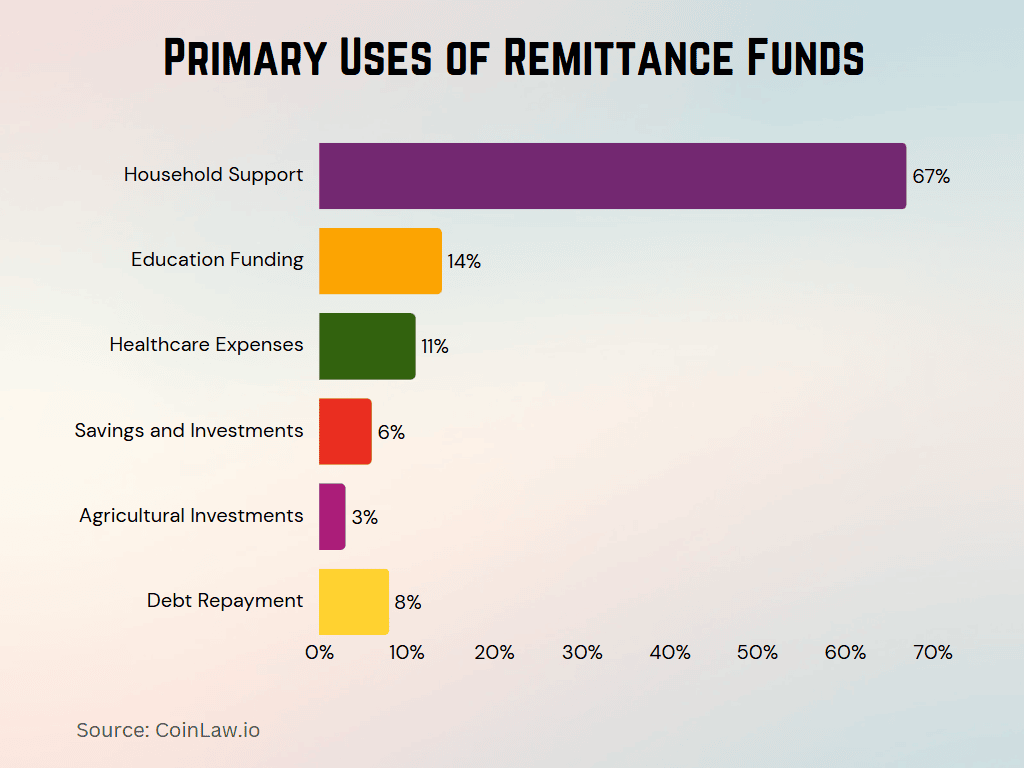
Regulatory Landscape and Challenges
The regulatory environment presents both opportunities and obstacles for the money transfer industry:
- Anti-money laundering (AML) regulations have intensified, requiring remittance providers to perform stricter compliance checks, which 90% of digital platforms now support.
- Cross-border taxation is emerging as a challenge, with certain governments introducing remittance taxes, impacting fees for users in regions like South America.
- The US and EU have enacted new regulations supporting open banking, facilitating greater competition and transparency in the remittance industry.
- Digital identity verification laws are expanding, with over 80 countries mandating identity checks for all transactions above set limits.
- Data privacy laws like GDPR impact how companies handle user information, with 65% of remittance platforms implementing updated security protocols.
- Currency exchange rate volatility presents risks, as fluctuating rates affect the amount received by recipients, making timing crucial for optimal transfers.
- Global standardization efforts are underway, with the World Bank and IMF promoting initiatives to harmonize regulations, ensuring safer, faster transactions.
Recent Developments
- In 2025, 41% of consumers reported increasing their use of digital money transfer services, showing growing reliance on online platforms.
- The Digital Remittance Market grew $185.20B in 2025, projected to hit $339.87B by 2030 at a 12.6% CAGR.
- Blockchain, AI, and digital wallets continue to reshape remittance flows by boosting security, speed, and user convenience.
- Unified Payments Interface (UPI) expanded in 2025 into more than 6 new countries, including Peru and Trinidad and Tobago, to enhance cross-border interoperability.
- Top reasons for sending money abroad include emergency medical needs (45%), basic necessities like food and housing (43%), and support during crises (29%).
Conclusion
As we look forward, the growth of digital remittances, the expansion of multi-currency wallets, and the adoption of crypto-based options are poised to drive the industry forward. In an increasingly globalized world, the ability to transfer money easily, quickly, and securely will remain essential, making it an exciting space to watch in the years ahead. The industry’s adaptability in embracing change and addressing user needs will be key to its sustained growth and impact across economies worldwide.
Hover or focus to see the definition of the term.








